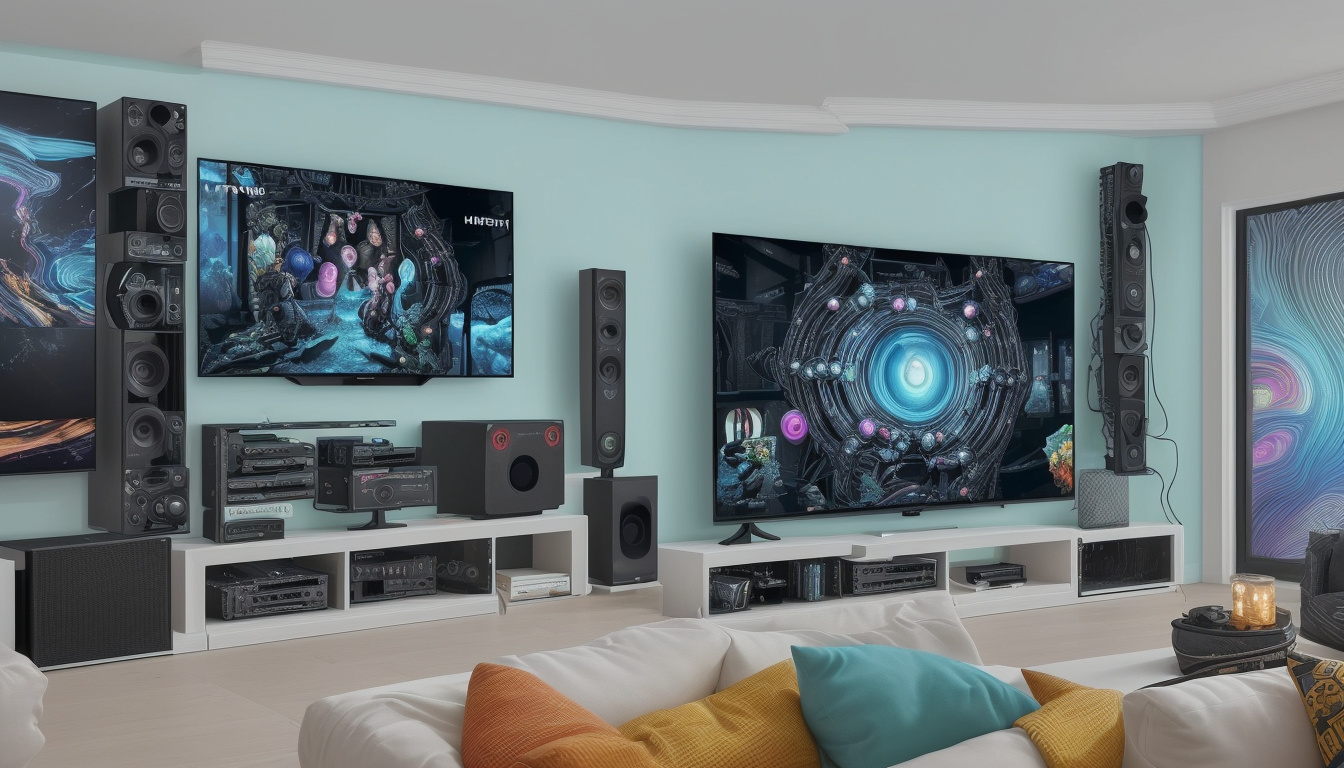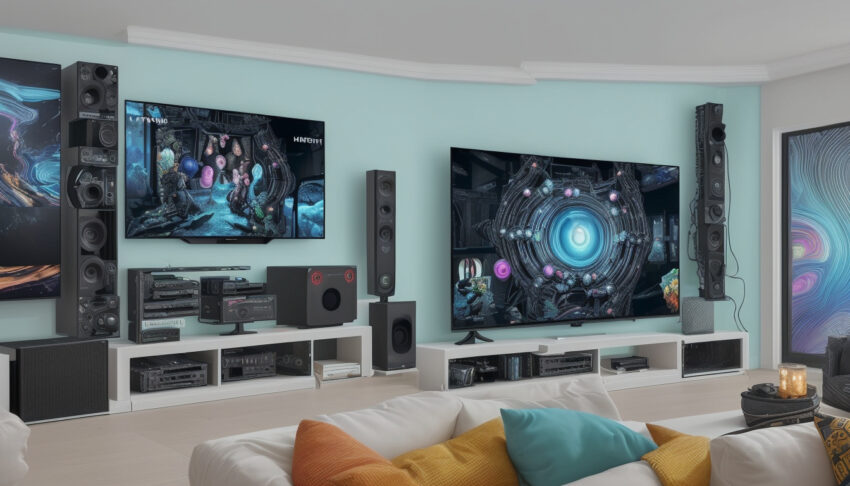
Hey there, friend! 🌟
Are you curious about how to boost your streaming game or try out IPTV? You have come to the right spot. Today, we talk about HDMI Encoders and how they help deliver quality streaming. Whether you are a new content maker, a tech fan, or someone who wants to know more, I am here to help. So grab your favorite drink, get comfy, and let us dive in!
What is an HDMI Encoder?
Let us start with the main star of today’s talk—the HDMI encoder.
An HDMI encoder takes the video and sound from an HDMI source and makes them ready to stream. It works like a helper that changes your media (from a camera or game console) into a streamable form. This change is like taking a fine bouquet of flowers (quality video) and putting it in a neat box (compressed format) so it fits easily.
Why Use HDMI Encoders for IPTV?
You may ask, why need an HDMI encoder for IPTV?
IPTV means watching TV shows over the internet. An HDMI encoder takes your video content and sends it as clear, smooth media. If you stream live events, show your gaming skills, or share lessons, the encoder helps send your media fast and clear.
Key Features of HDMI Encoders
When you pick an HDMI encoder, look at these points:
- Input Options: Find encoders that work with many sources like cameras, computers, or game consoles.
- Resolution Support: Whether you stream in 1080p or 4K, check that your device can handle the resolution.
- Low Delay: For live streaming, low delay keeps the video in near real-time.
- Streaming Protocols: Look for support with protocols such as RTMP, RTP, and HLS so you can use your favorite streaming service.
Setting Up Your HDMI Encoder for IPTV
Now it is time to try the setup. Follow these steps:
1. Gather Your Equipment
You need:
- An HDMI encoder
- A source (like a camera or console)
- A steady internet connection
- A computer or device to set up the encoder
- Login details for your streaming platform (like Twitch, YouTube, etc.)
2. Connect Everything
First, join your HDMI source to the encoder’s input. Then, plug the encoder into your router or internet box.
Each cable links to the next part, and the close links keep the flow clear.
3. Configure Your Encoder
Follow the manual to log in to the settings page in your browser. You can pick the resolution, bitrate, and other settings. This step is where the change happens, so take a moment and look around.
4. Test Your Stream
Before you go live, use the test mode. This step is like a small practice run. Make sure the video looks good and the sound is clear.
5. Go Live!
When you are happy with the setup, start your stream! Share your content and chat with your viewers. A friendly manner makes your stream fun and clear.
Real-Life Applications of HDMI Encoders
How does an HDMI encoder help in real life? See some clear uses below:
Live Events and Webinars
An encoder works in live meetings, concerts, or online classes. It sends your event across distances, letting people join in real time—even when they are far away.
Gaming Streams
If you love gaming, an HDMI encoder can show your gameplay clearly. It helps you talk to fans, share your screen, and build a lively group of followers.
Educational Content
Teachers can stream lessons or workshops. The encoder keeps the video and sound clear, which makes learning fun and easy to follow.
Conclusion: Start Your Streaming Journey with HDMI Encoders
That is all! You now know what an HDMI encoder does, why it is needed for IPTV, and how to set it up. It is now your turn to try and create cool streams. 🎉
Feel free to share this guide with a friend who wants to learn about HDMI encoders and IPTV. Until next time, happy streaming!
